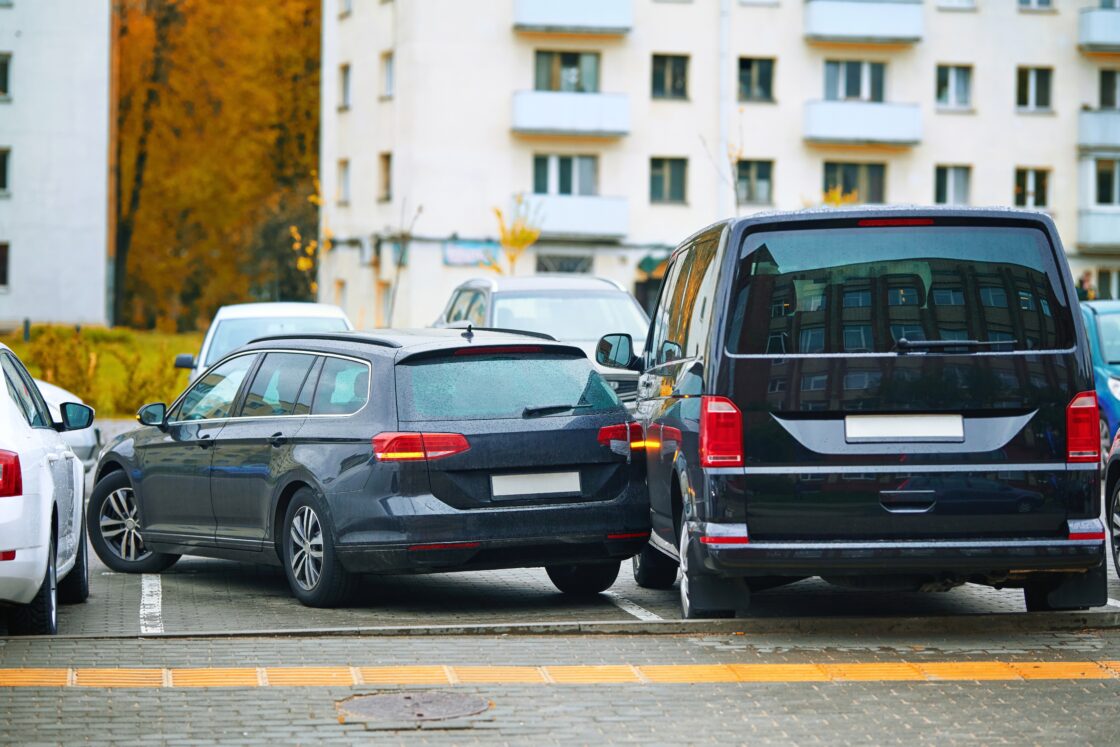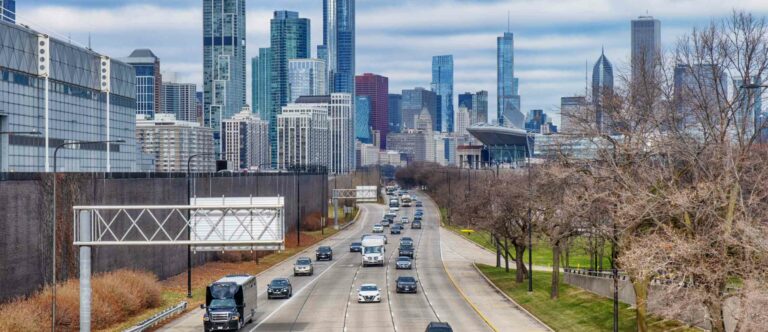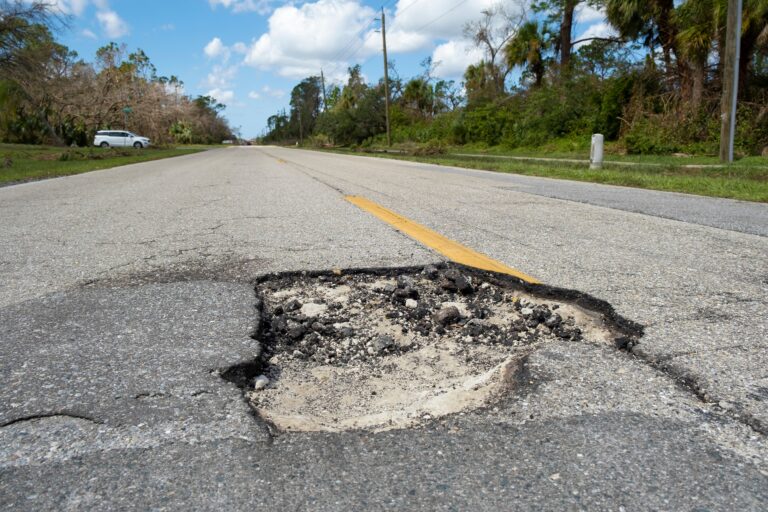The flashing lights are gone, the tow truck has left, and you are finally back inside your own home after a jarring car accident. The physical pain is real, but a different kind of ache is starting to settle in, a deep worry about what happens next.
As you sit at your kitchen table, perhaps looking out at the familiar Chicago skyline, the thought of medical bills piling up and the stress of dealing with insurance adjusters can be overwhelming.
One of the biggest fears that can surface is the possibility of a drawn-out courtroom battle. Many people wonder if car accident cases go to court, picturing a dramatic trial from a television show.
The comforting truth is that this scenario is rare. Most personal injury claims stemming from car accidents are resolved through a settlement. A settlement is a negotiated agreement. Speaking with a knowledgeable Chicago car accident lawyer can help you understand whether your case is likely to settle or if court may be necessary, giving you peace of mind during a stressful time.
You and the at-fault party’s insurance company agree on a specific amount of money to end the claim. This agreement is formalized, and you release them from further liability for the accident in exchange for the payment. This path is far more common than a trial for several practical reasons.
- Settlements provide a definite financial outcome.
- The process is almost always faster than waiting for a court date.
- Resolving a case this way keeps the details of your situation private.
Understanding this process can take away some of the fear of the unknown and help you focus on what truly matters: your recovery.
The Strong Preference for Settling a Car Accident Case
Why do so few car accident cases end up in front of a jury? The answer lies in managing risk, time, and money. Both your legal representative and the insurance company are acutely aware of the downsides of a trial, which motivates them to find a resolution through negotiation.
For you, a settlement means certainty. For the insurance company, it means controlling their financial exposure.
Think about the drive from Lincoln Park to the Loop during rush hour; it is unpredictable, stressful, and you might get there much later than planned.
A trial is similar. It introduces variables that neither side can fully control, making a negotiated settlement a much more attractive route.

- The High Cost of Litigation: Taking a case to trial is an expensive endeavor. The costs go far beyond attorney fees. There are court filing fees, fees for obtaining official records, and costs for hiring professionals to give testimony, like an accident reconstructionist who can explain the physics of the crash or a medical professional to detail the long-term effects of your injuries. These expenses can significantly reduce the net amount you receive from a favorable verdict.
- The Lengthy Time Commitment: The Cook County court system is incredibly busy. Simply getting a trial date can take many months, and often more than a year. During this long wait, your bills do not stop. A settlement puts the compensation you need in your hands much sooner, allowing you to pay for medical care and manage living expenses without the prolonged financial strain.
- The Unpredictability of a Jury: No matter how strong your case appears, a jury’s decision is never guaranteed. A group of twelve strangers will hear the evidence and make a final determination. They could award an amount far less than what the insurance company offered in a final settlement, or in a worst-case scenario, they could side with the defendant, leaving you with nothing. A settlement eliminates this risk entirely.
Weighing Your Options: The Settlement Path for Your Car Accident Case
The decision to settle is about control. When you accept a settlement offer, you are making the final call on the outcome of your claim.
- You know the exact amount of money you will receive.
- You avoid the emotional stress and public nature of a trial.
- You can close this chapter of your life and focus completely on your future.
A trial, by contrast, means handing that control over to a judge and jury. While sometimes necessary to achieve a just result, it is a path taken only when a fair and reasonable settlement is impossible.
The Typical Journey of a Car Accident Claim
Every car accident is different, but the path to resolving a personal injury claim generally follows a series of established steps. The journey starts the moment you get home and begin to deal with the consequences of the crash.
Phase 1: Investigation and Building Your Claim
This is the foundational stage where all the evidence is gathered. It is more than just collecting a few papers; it is about building a comprehensive file that tells the complete story of the accident and its impact on your life.
- Evidence Collection
- Medical Documentation
- Tracking Financial Losses
Phase 2: The Demand and Negotiation
Once you have reached a point of maximum medical improvement (meaning your medical condition has stabilized), a formal demand package is prepared. This is not just a letter; it is a detailed presentation of your case sent to the at-fault party’s insurance company.
It outlines the facts, presents the evidence, establishes the other driver’s fault, and makes a specific monetary demand for settlement. The insurance adjuster then reviews the package and responds, typically with a much lower counteroffer. This begins a period of negotiation.
This back-and-forth process is where an experienced legal advocate’s skills come to the forefront, as they argue the merits of your case and counter the adjuster’s tactics to arrive at a fair number.
What Pushes a Car Accident Case Toward Court?
If the negotiation process breaks down and the insurance company refuses to offer a settlement that fairly compensates you for your losses, the next step is to file a lawsuit.
It is helpful to know that filing a lawsuit does not automatically mean you are going to trial. In fact, filing often restarts negotiations on more serious terms, and a high percentage of cases settle during this “litigation” phase.
A lawsuit is a formal legal action initiated by filing a document called a “complaint” with the court. This action signals to the insurance company that you are prepared to see the case through to a verdict if necessary.
A few key issues can cause this escalation.

- Serious Disagreement Over Fault (Liability): Sometimes, there is a genuine dispute about who caused the crash. For example, in an accident involving a left turn at a busy intersection like Ashland and Fullerton, both drivers might claim they had the green light.
- Major Dispute Over Damages: An insurance company might accept that their driver was at fault but dispute the amount of your damages. They might argue your injuries are not as severe as you and your doctors say they are, or that some of your medical issues were pre-existing.
- Bad Faith Insurance Tactics: Unfortunately, some insurance companies engage in strategies designed to frustrate you into accepting a low offer. They might use unreasonable delays, refuse to return calls, or misrepresent the terms of the insurance policy.
The Pre-Trial Process
Filing a lawsuit kicks off a formal stage of the case known as “discovery.” This is a court-supervised process where each side can demand information and evidence from the other.
The purpose of discovery is to ensure both sides fully understand the facts and to prevent any “gotcha” moments or surprises at trial. It is during this phase that the true strengths and weaknesses of each side’s case are revealed, which often leads to a settlement.
The discovery process involves several key components:
- Interrogatories: These are written questions that one party sends to the other, which must be answered under oath. For example, you might be asked to list all medical providers you have seen or to describe, in your own words, how the accident happened.
- Requests for Production: These are formal requests for documents. Your attorney might request the other driver’s cell phone records, while their attorney will request copies of all your medical bills and records, tax returns to verify lost income, and vehicle repair estimates.
- Depositions: This is one of the most significant pre-trial events. A deposition is an out-of-court testimony given under oath. Attorneys for both sides are present, along with a court reporter who creates a word-for-word transcript.
You will be asked questions by the opposing attorney about the accident, your injuries, and the impact on your life. Key witnesses and involved professionals may also be deposed.
This entire pre-trial phase can take months. As evidence is exchanged and testimony is given, the picture of the case becomes much clearer for both sides, often creating the perfect opportunity to resolve the case with a fair settlement.
Finding Your Way to a Resolution in Chicago

The aftermath of a car accident on Lake Shore Drive or a quiet neighborhood street can leave you feeling lost and uncertain. While the prospect of your car accident case going to court is a valid concern, the reality is that the legal system is designed to encourage resolution long before a trial is needed.
A fair outcome is most often achieved through a settlement through careful investigation, strategic negotiation, and, if necessary, the formal litigation process. This allows you to secure the financial resources you need to heal and rebuild your life with certainty and privacy.
Making this process on your own can be a difficult burden when you should be focused on your health. At Walner Law, our experienced Chicago personal injury lawyer team guides Chicagoans through these challenging times.
We can handle the legal complexities, from evidence gathering to negotiating with insurance companies, so you can concentrate on your recovery. To discuss your situation and understand your options, please call us at (312) 410-8496 for a conversation.
Your Questions Answered on Car Accident Claims
How long do I have to file a car accident lawsuit in Illinois?
In Illinois, the time limit for filing a personal injury lawsuit, known as the “statute of limitations,” is generally two years from the date of the accident. A statute of limitations is a law that sets a strict deadline for initiating legal proceedings. If you miss this deadline, you may lose your right to seek compensation forever.
While a few very specific exceptions can alter this timeline, it is a critical date to be aware of.
What if I was partially at fault for the accident in Chicago?
Illinois uses a “modified comparative negligence” system. This legal rule means you can still recover financial damages even if you were partially to blame for the crash, as long as your share of the fault is determined to be less than 50%.
How much does it cost to hire a personal injury lawyer?
Most personal injury attorneys, including those at our firm, work on a “contingency fee” basis. A contingency fee means that you do not pay any attorney’s fees upfront.
The law firm covers the costs of building and pursuing your case. The attorney’s fee is a pre-agreed-upon percentage of the final settlement or verdict you receive.
If you do not win your case and recover compensation, you do not owe any attorney’s fees.
- This arrangement allows everyone to have access to legal representation, regardless of their financial situation.
- It provides a powerful incentive for the attorney to achieve the best possible result for your case.
- All costs and fees should be clearly explained in a written agreement before you hire the firm.


 Skip to content
Skip to content




